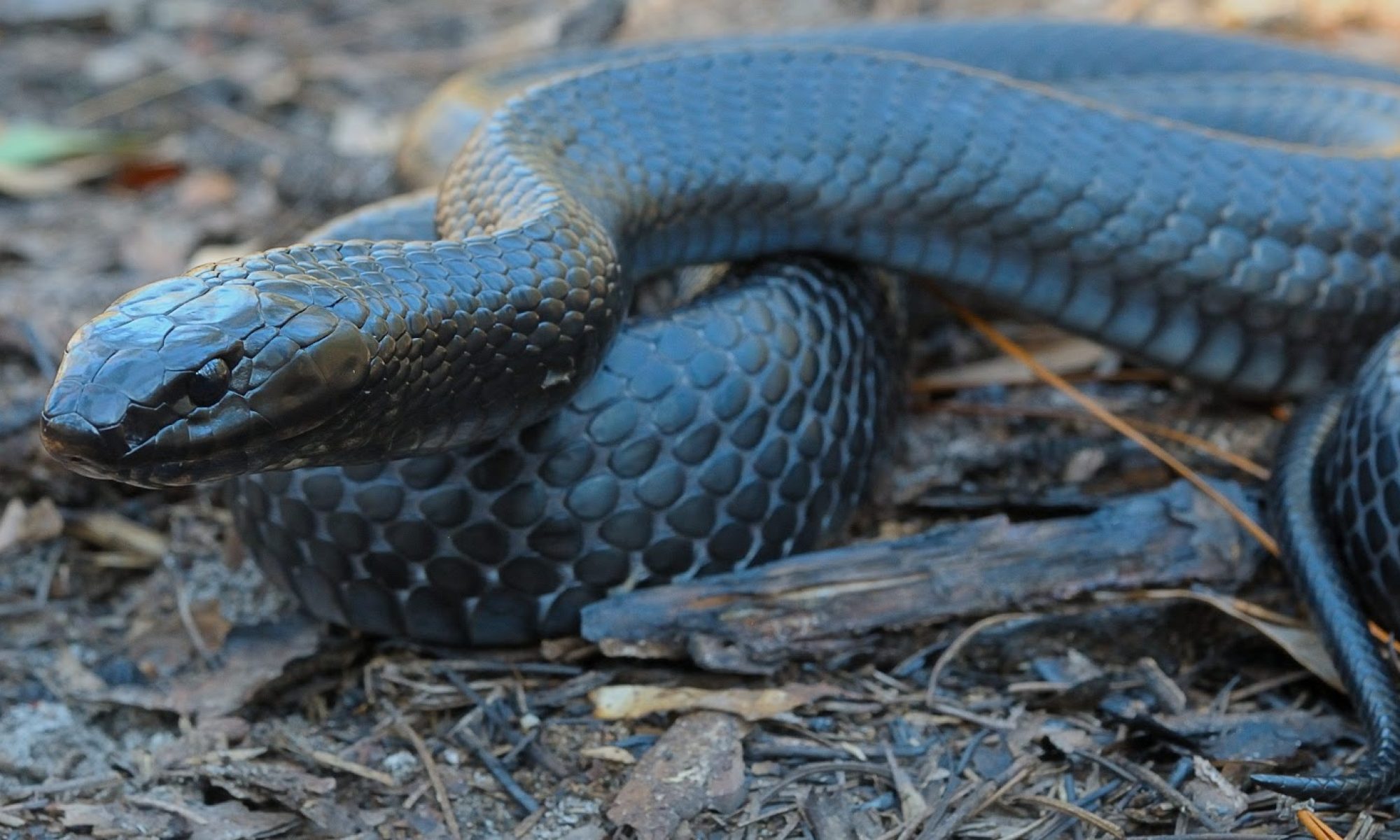Changing climate conditions are likely to have an effect on eastern indigo snakes. Sea level rise, due to climate change, will impact the coastal populations due to inundation of habitat and increased saline environments. Florida has undergone drastic changes in size and shape over long geologic periods due to sea level changes that influenced the distribution and genetic diversity of the eastern indigo snake (Kyrsko et al. 2016b, p. 112). While some eastern indigo snakes have been observed in saline habitats (mangrove swamplands), the species’ salinity tolerance is unknown (Metcalf 2017, p. 53). Habitat loss and degradation of today’s landscape reduces connectivity and creates movement barriers. For example, Metcalf (2017, p. 53) suggests for the coastal population at Rookery Bay Reserve, a heavily trafficked road (SR 951) may block their escape inland from rising sea levels.
Impacts of shifting temperatures and rainfall due to climate change are variable but may cause indirect effects, such as dependence on gopher tortoise burrows for winter shelter sites and shifts in prey base. However, since the eastern indigo snake has a diverse diet, dietary needs for the snake will likely be met. Shifting temperature and rainfall can negatively affect the ability to conduct prescribed fire (Melvin 2015, p.1) which is an important management tool for maintaining good quality habitat (see Habitat Degradation section above). To minimize risk of habitat loss from sea level rise and variable effects from changing weather, maintaining connectivity among habitat patches so that snakes can move in response to changing climate conditions will be essential for long-term viability.
